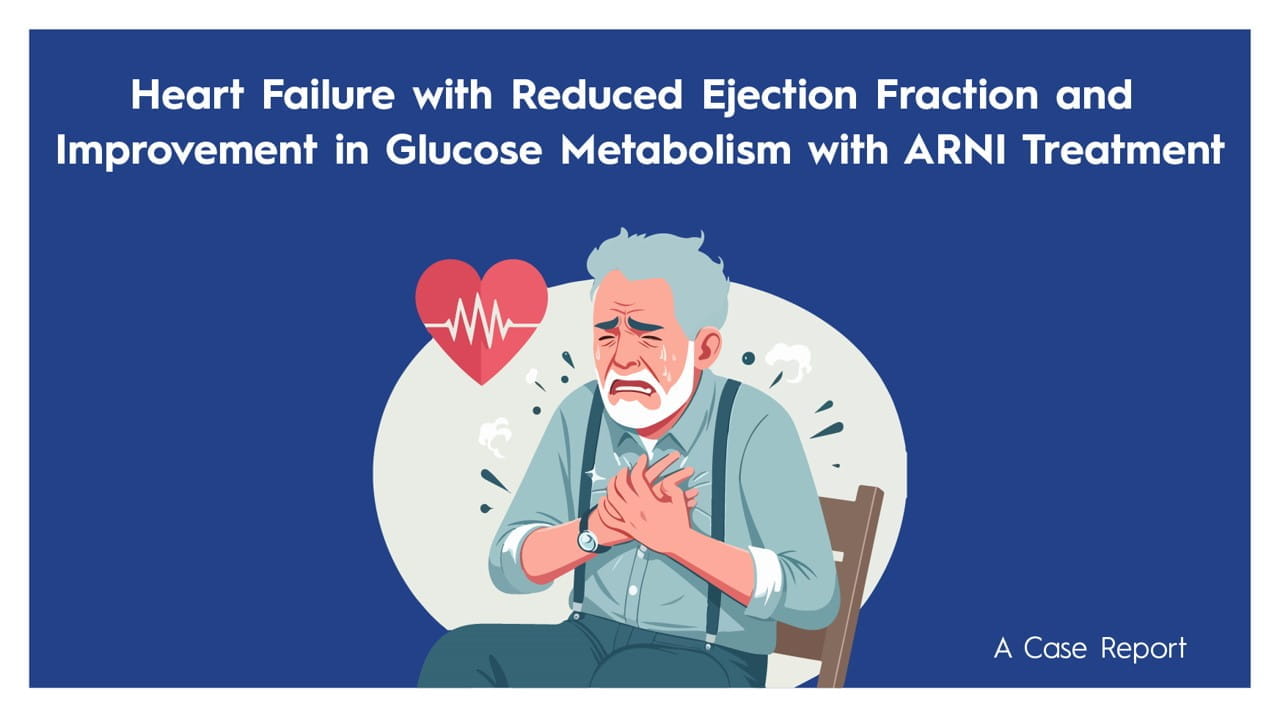Introduction:
The association between β-cell function and atherosclerotic cardiovascular disease (ASCVD) risk was investigated, with a focus on evaluating the predictive relevance of HOMA2β for incident ASCVD outcomes.
Methods:
Data from five cohorts (ARIC, CARDIA, CHS, JHS, and MESA), including individuals without diabetes or ASCVD at baseline, were pooled. Participants aged 40–79 years were followed for 10 years for incident ASCVD, including coronary heart disease (CHD), stroke, and non-fatal myocardial infarction (MI). ASCVD risk was calculated using the pooled cohort equation (PCE) and categorized as low (<5%), intermediate (5–<20%), and high (≥20%). HOMA2β was estimated from fasting glucose and insulin levels and categorized as low or normal using a cut-off of 47.64%. Cox proportional hazards regressions were used to assess effect modification.
Results:
During 10 years of follow-up, 2,397 out of 18,230 participants (13.1%) developed ASCVD who were aged 40-79 years (mean: 57.9 (9.5) years, 45.1% men). A higher incidence of ASCVD was observed among individuals with low HOMA2β across all PCE risk categories (p for trend <0.001). Similar trends were reported for all cardiovascular outcomes and when ASCVD risk was estimated using PREVENT equations.
Conclusion:
β-cell function was found to identify individuals at increased risk of ASCVD events independent of estimated ASCVD risk.
ADA 2025, 20-23 June, Chicago




